In the early 1920s, Russia faced one of the greatest famine disasters in its history. During this period, the problems experienced in Russia’s agricultural sector, the devastating effects of the civil war and economic difficulties combined made it almost impossible for the society to continue its life.
Throughout the history shaking humanity Many bad things happened. Some of them emerged due to political reasons, some of them due to health problems and caused the death of countless people.
This famine, which ravaged Russia, caused millions of people to die of hunger, epidemics and even people. to eat each other to survive even caused.
Droughts that occur every five to seven years in Russia paved the way for famine.
Russia was a country with large land reserves, but farming was done mostly with manpower. productivity was very low.
In addition, the success of the harvests depended on favorable weather conditions. Caused by a decrease in precipitation in the country drought; caused crop shortages, reduced yields, and food shortages. These droughts were one of the biggest factors affecting this great famine.
Another cause of famine was Lenin’s Policies of War Communism.
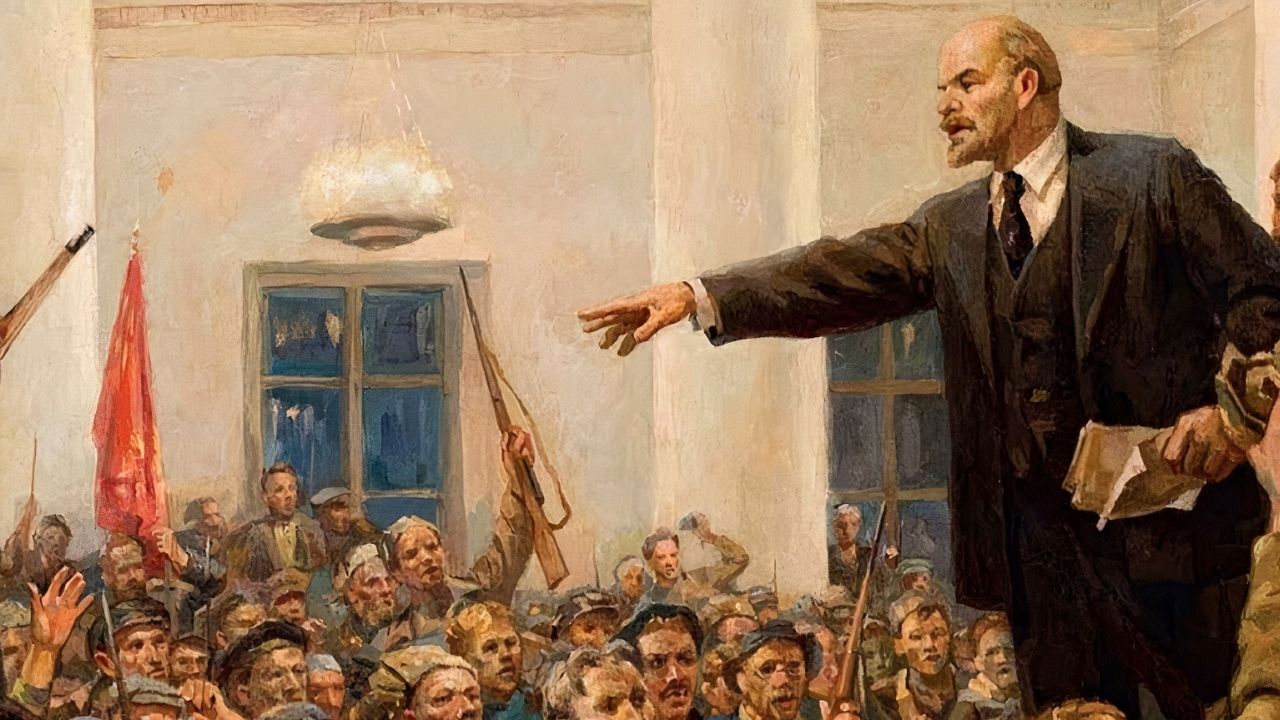
At that time, Russia was experiencing economic problems both because of World War I and because of the civil war. Communist leader Vladimir Ilyich Ulyanov, known as Lenin, said that although the country’s economy was trying to strengthen “New Economic Policy (NEP)” However, the “War Communism Policies” worsened the situation in the country.
Because War Communism Policies nationalization of all industries and the introduction of strict centralized management, It included items such as strict discipline and a ban on strikes for workers, a forced labor tax for those who do not work, a restriction of food by central distribution in urban centers, and a ban on private enterprise.
As such, the villagers decided to migrate from the villages to the cities in order to have easier access to food.
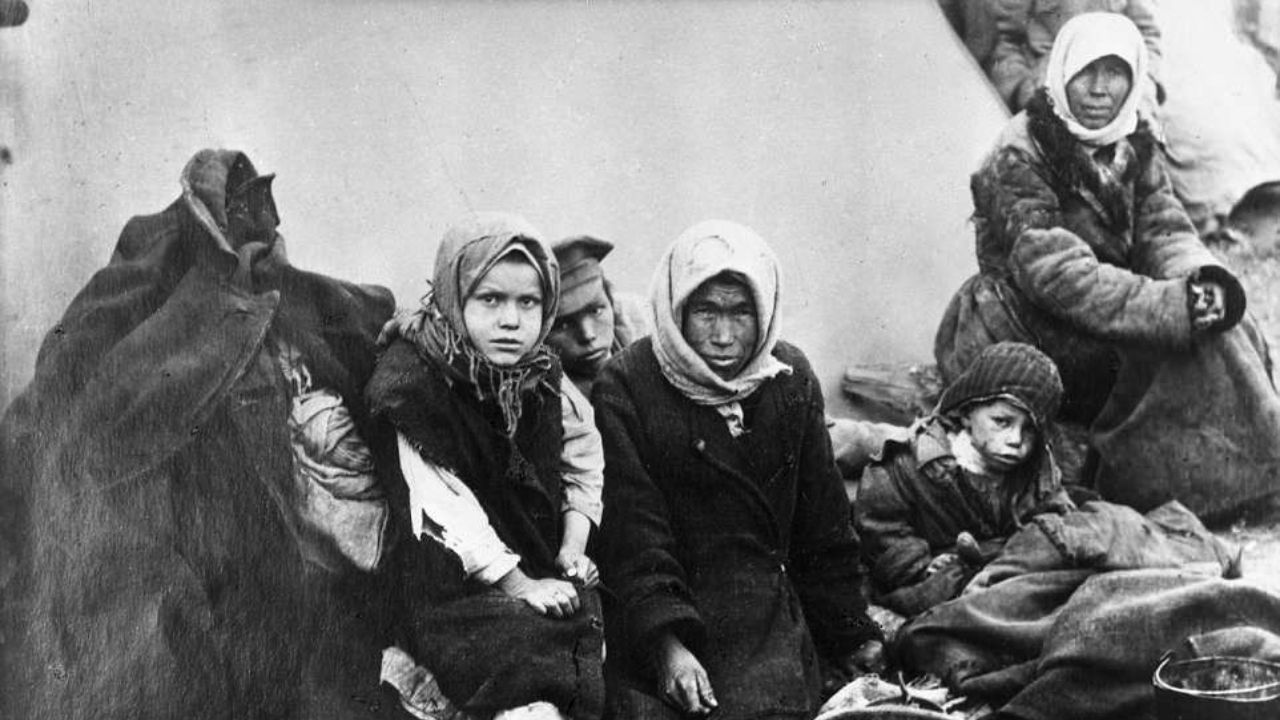
Before the famine broke out, most peasants had a year’s worth of grain. by storing prepared for crop famine, but Russian granaries were empty due to years of low yields and the constant seizure of grain by war communism.
When this is the case, in order to reach the grain more easily, rural to urban migration As the Russian villagers saw people dying of hunger on the road, they soon realized that the situation in the city was not different from their villages.
The people, who could not reach food in the city, started to eat everything they could get.
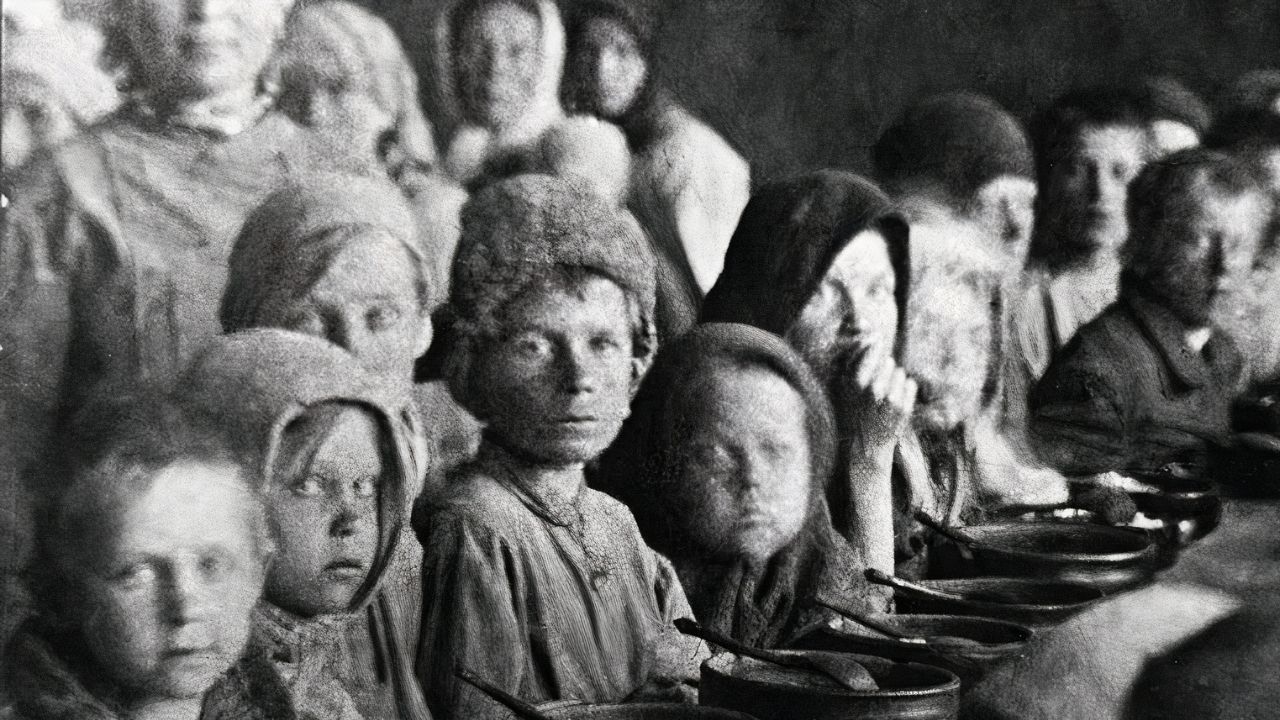
According to the reports prepared on the subject, the public; seeds, acorns, grass, weeds, bark, even fed with their pets.
Government officials, on the other hand, dried the people who were dying of hunger. to scrape animal bones and grind them into flour and said that they can be fed with this flour. Moreover, he claimed that despite its unpleasant odor, it was 25 percent more useful than rye bread.
Since what they found was not enough, cannibalism ensued.
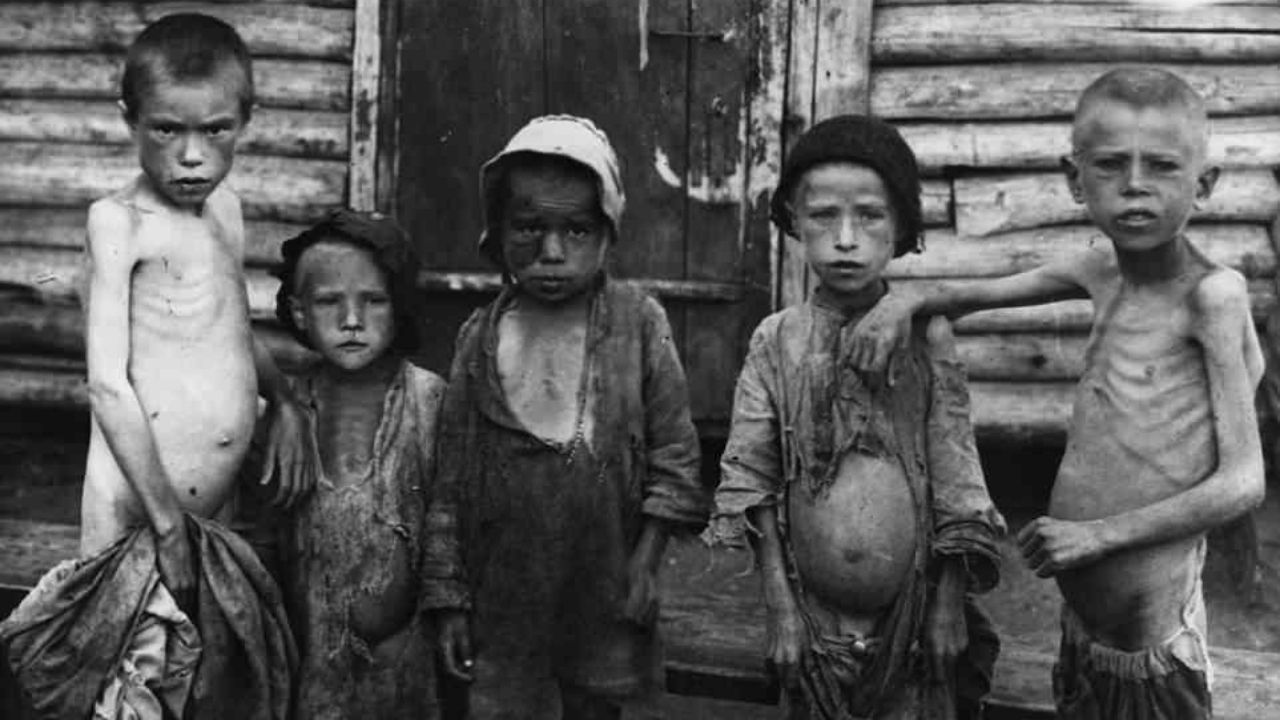
So much so that the starving villagers were buried recently. It was seen that the corpses were taken out of their graves to eat their flesh. In fact, one woman, according to reports, refused to be taken to burial because she would eat her husband’s body.
One of the American volunteers who went to help Russia at that time said the following: “Families were killing and eating their fathers, grandfathers and children. This situation was so legitimized that one of the rude sellers who cursed each other in the market was a person. the threat of making sausages was heard.”
Since cannibalism was considered a legitimate method of survival, law enforcement did not take any action on the issue.
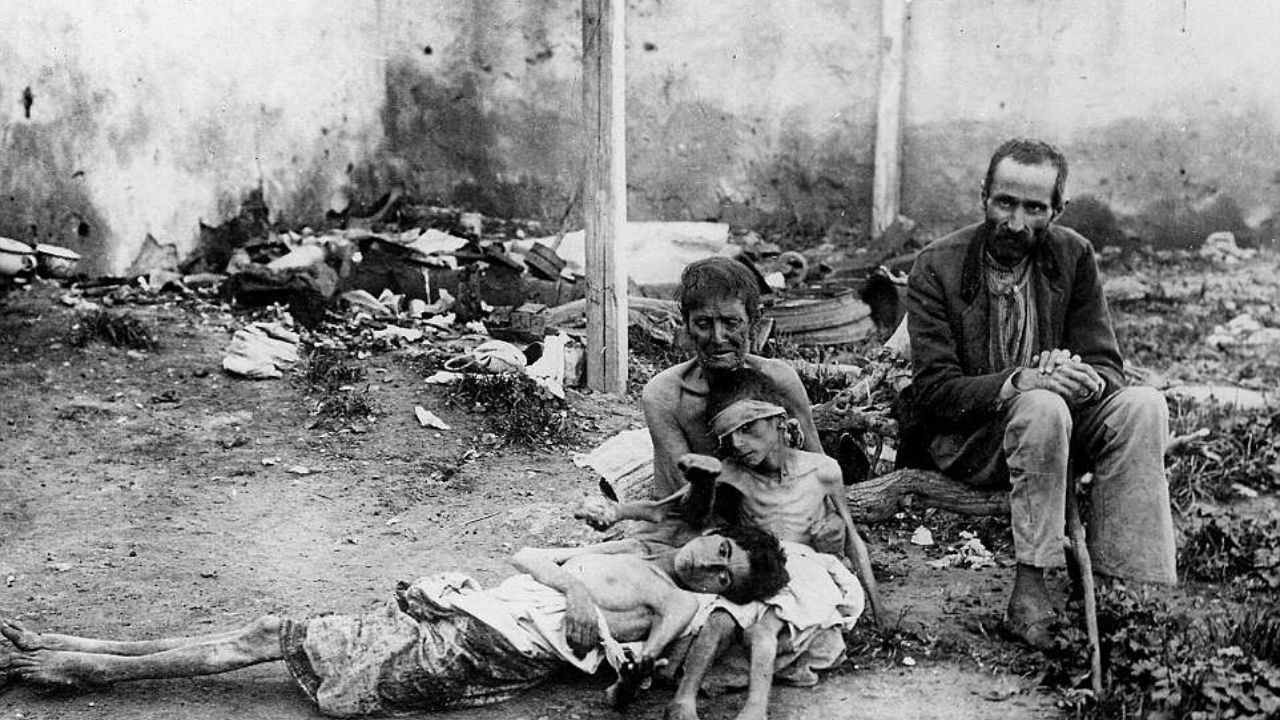
According to Russian scholars who have studied the great famine, cannibalism was most prevalent near the Volga river, where the famine was most severe.
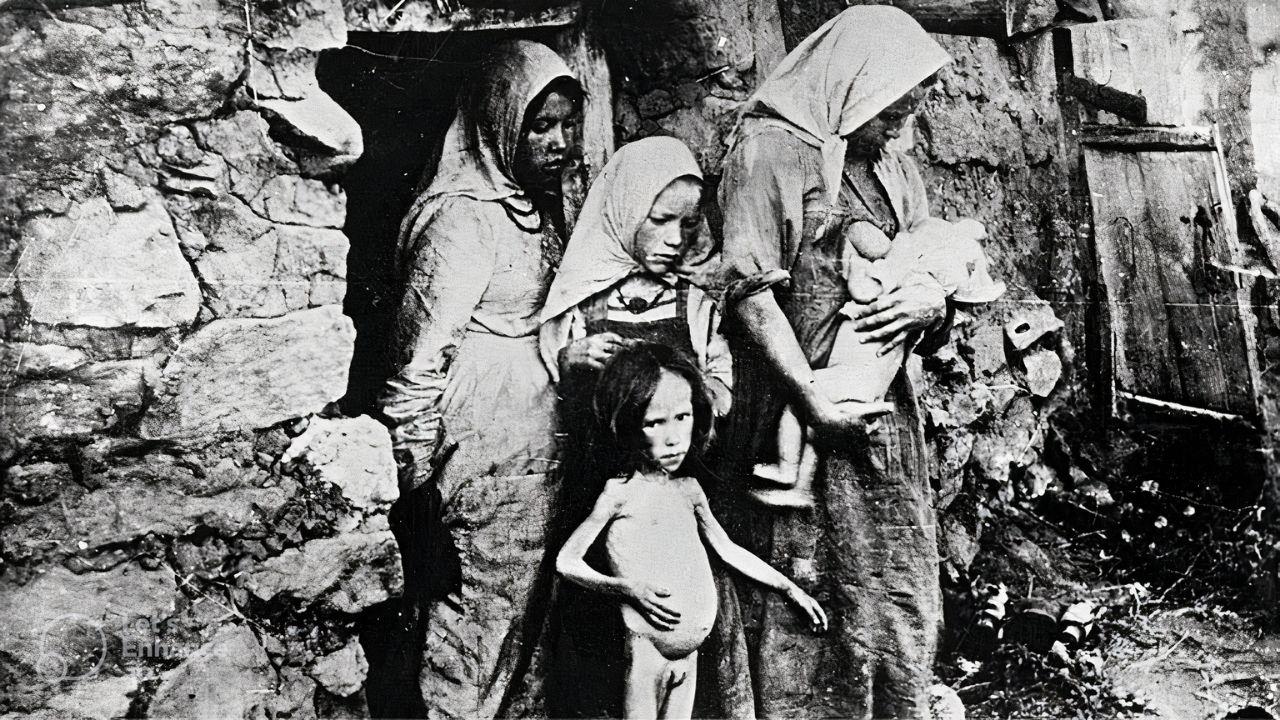
The famine also led to the trafficking of human flesh in the markets.
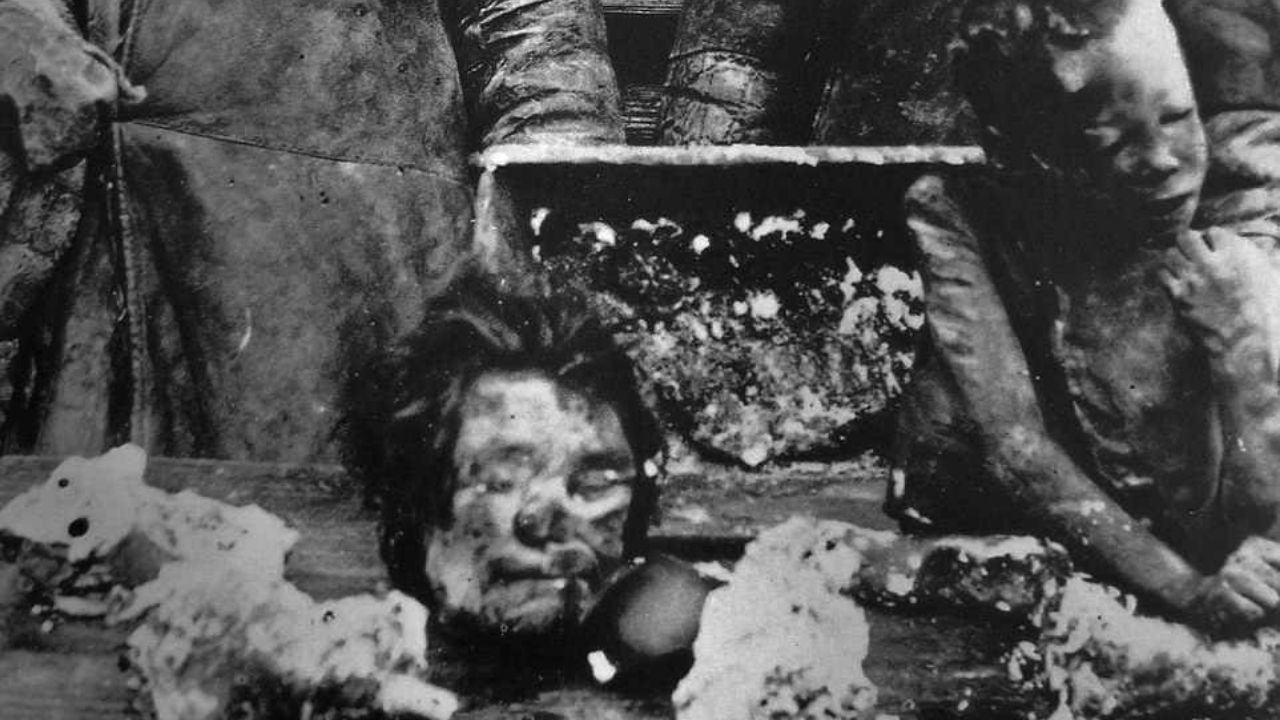
PRECISION IMAGE
Both cannibalism and non-food items consumed for survival caused epidemics such as typhus, typhoid fever, smallpox, influenza, dysentery, cholera, and even bubonic plague.
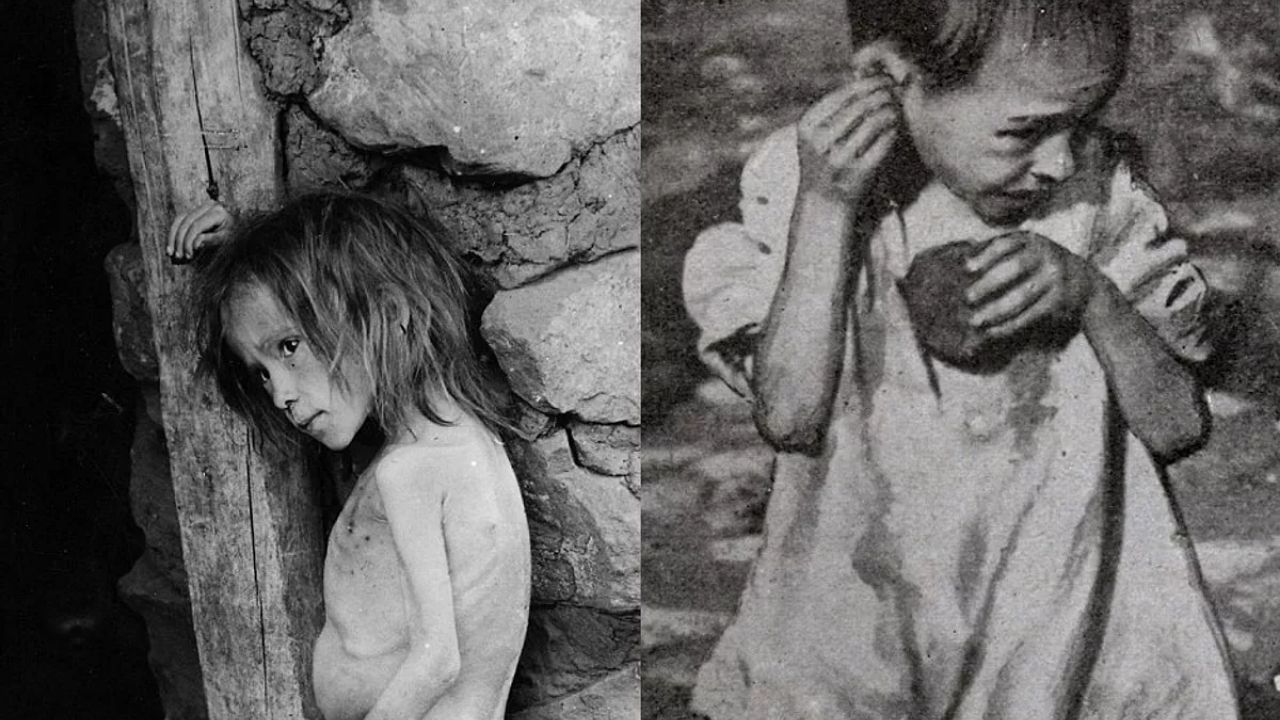
Unable to control the situation, Lenin initially refused the aid from abroad, but later accepted the aid with an intermediary.
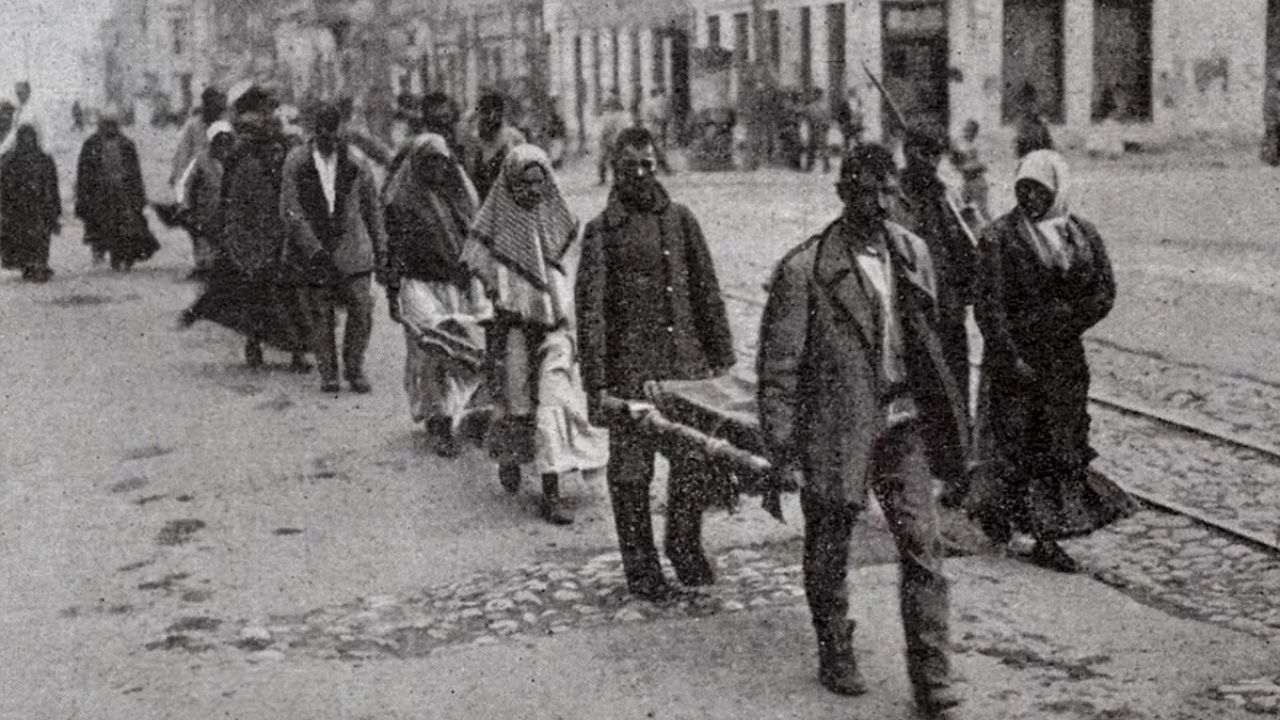
In the early times of the famine, Lenin received aid from abroad. “intervention” He refused because he saw it as a threat, but later on, he approved the aid of the American Aid Administration (ARA) with an intermediary, although he did not accept it officially.
So like “Save The Children” European aid organizations started to help. Although these aids alleviated the famine, they did not help to end it completely.
Polar explorer Fridtjof Nansen was also one of the people who helped famine in Russia.
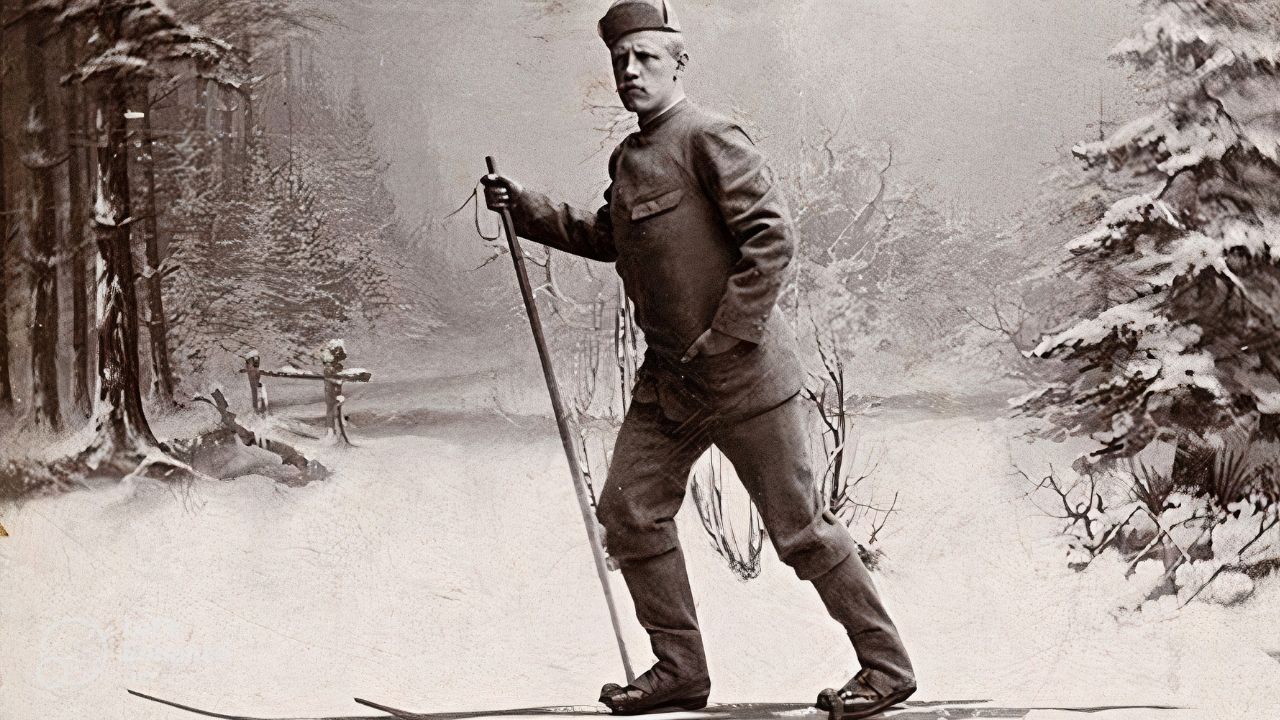
Lenin thanked Nansen, who helped Russia with the “League of Nations” Nobel Peace Prize awarded.
So many people died from the famine that neither the Soviet State nor foreign observers could give an exact death toll.
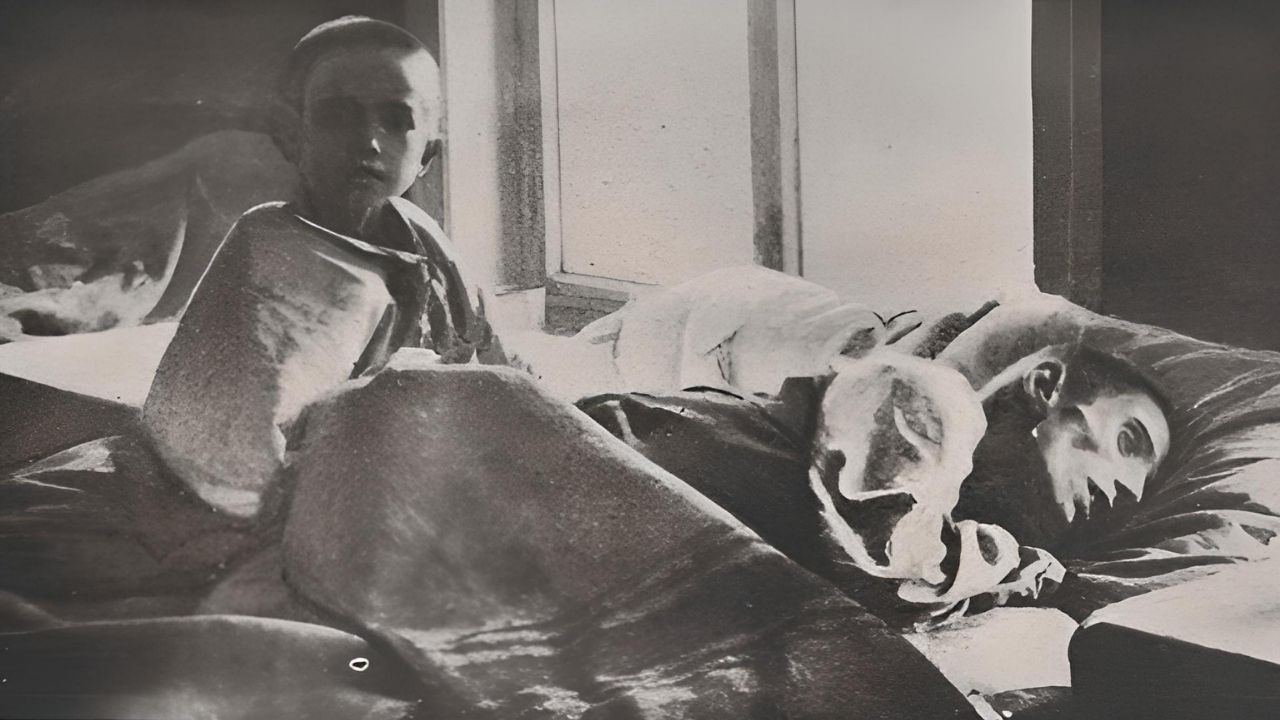
Although historians say that at least five million people died, It is thought to be up to eight million.
RELATED NEWS
Hundreds of Years of Cannibalism in the Heart of Europe: Eating Mummy and Drinking Blood for Medicine…
RELATED NEWS
The Dark Age of Pain That Started the Chinese Insect Eating
RELATED NEWS
How Did the Potato You Know Today, Which Is Not Missing From The Kitchen, Caused Wars and Famines and Changed the Destiny of the World?
RELATED NEWS
